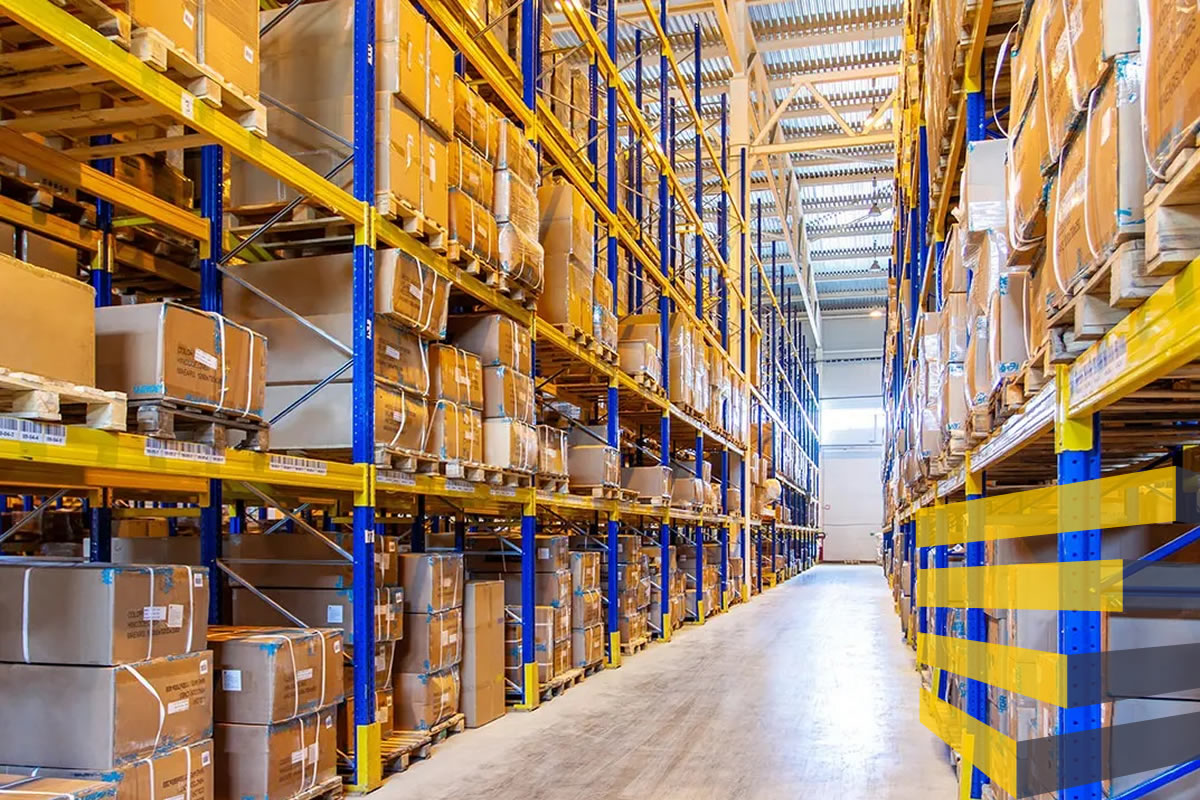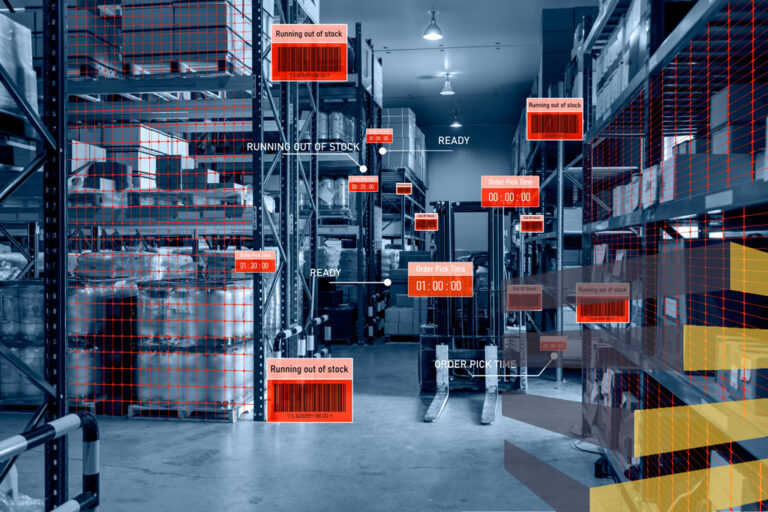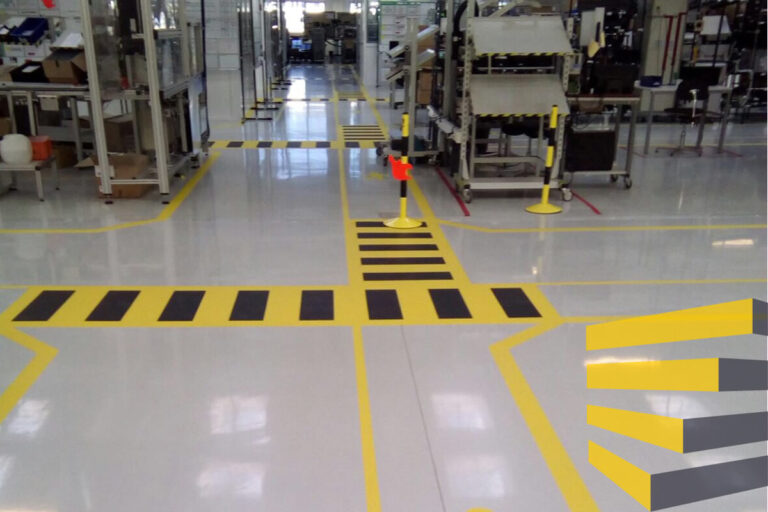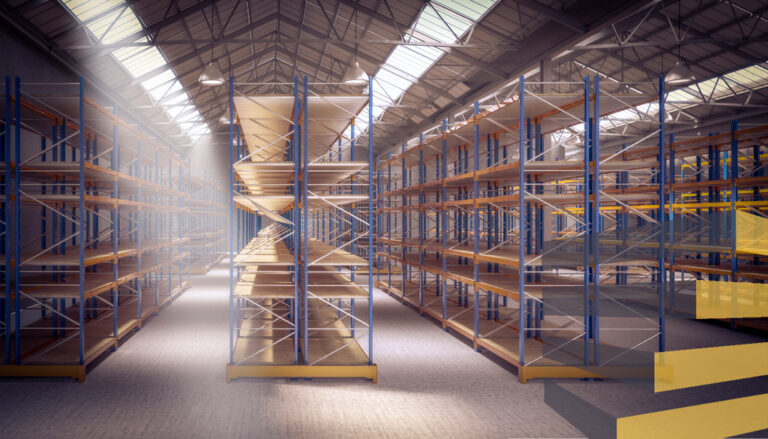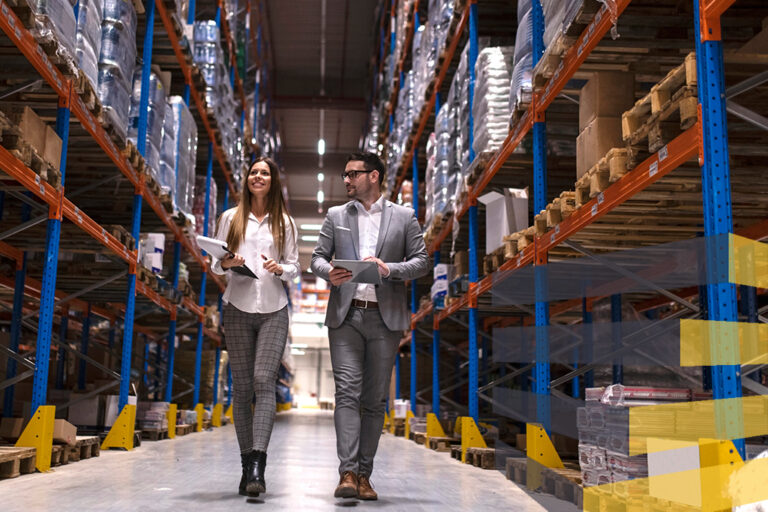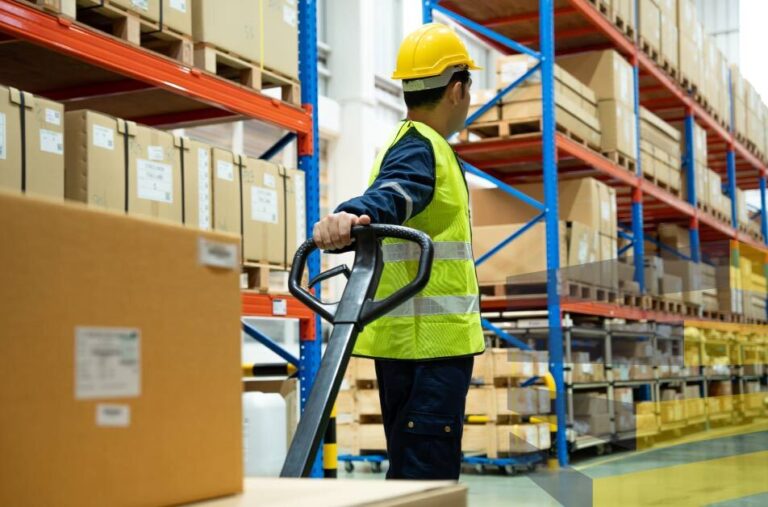Table of Contents
Warehouse labeling allows stock and other items to quickly be located and logged, making it a critical element in an efficient and productive facility.
The explosion of the e-commerce industry over recent years has seen warehouse labeling become even more important, as a growing number of businesses rely on it to organize their stock.
SEE ALSO: The 2 best warehouse floor marking options available
In the e-commerce word, using a flexible barcode-based warehouse labeling system has emerged as the go-to solution for meeting both day-to-day and seasonal demand surges.
Shape, size, and material must be considered so that the label will not peel, smudge, or rub off. Another issue to consider is the organization of the printed information since a bad design makes it difficult for the operator to locate or read it.
If you need warehouse labeling in Brazil, Mexico, or the United States, contact us today.
Key facets of warehouse labeling
Before going into the top considerations for warehouse labeling, the following facets are worth highlighting.
Label material
It is important to bear in mind that labels will always be subject to heavy wear and tear, so it is always best to choose labels that guarantee greater durability. Some materials may be inappropriate in certain situations, so choosing the right material will be based on their proposed usage.
Consistency
Labels should be applied in a consistent and homogeneous manner throughout the warehouse. By sticking to a system, employees can maximize their efficiency when organizing and locating items.
Advance planning
From the start, it’s important to have a clear plan for a warehouse labeling system that can adapt to future needs and work alongside the warehouse signage system. The following steps must be considered: space cleaning, zone allocation, label size and placement, and staff training.
Top considerations for warehouse labeling
1) Warehouse labeling placement
Warehouse labeling can be placed in a variety of locations to help the facility function optimally.
Warehouse labeling on aisles
Warehouse labeling can be placed on aisles to allow people working in the space to easily identify what is kept on them. While signage can provide a general indication of what goods are on an aisle, a label can be scanned to provide much more information.
Warehouse labeling on shelves
Warehouse labeling on shelves works in conjuntion with those on aisles, serving to confirm the information that was included in the aisle labels, while also providing that information to anyone already present on the aisle.
Warehouse labeling for individual products
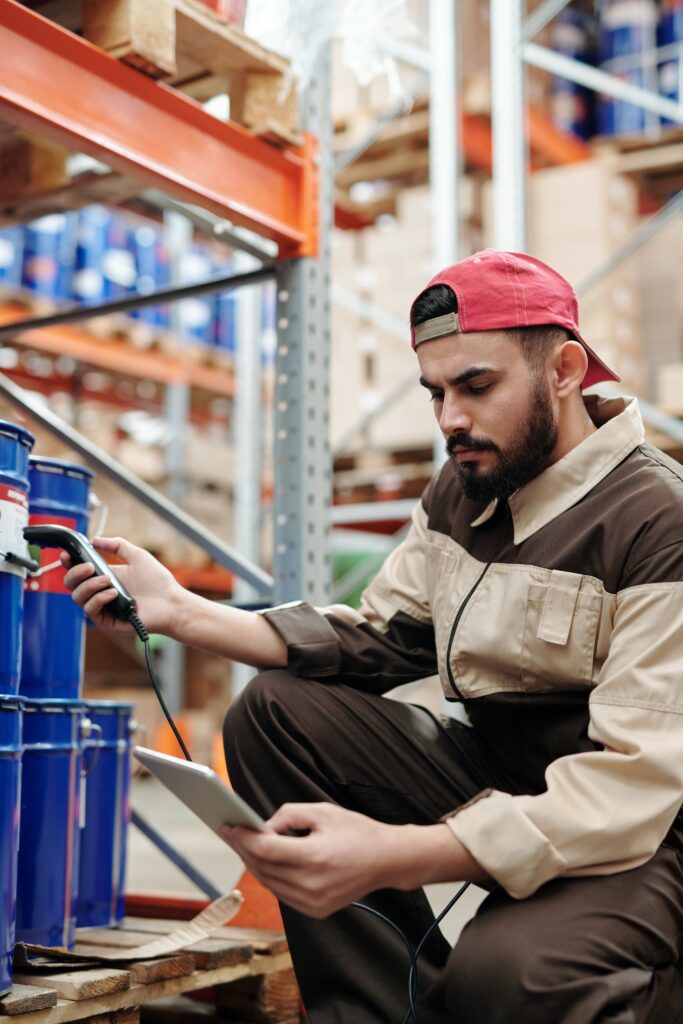
Each product can also have its own unique label for full identification. Any omission of information can be detrimental to delivery. These labels should be easy to attach, easy to scan and highly detailed.
Warehouse labeling on the floor
Working in conjunction with warehouse floor marking, labeling on floors can provide important information. The passage of pedestrians or machinery on warehouse floors measn these are usually metallic. These labels should be highly durable and easy to install.
2) Warehouse labeling by type
Labels should be manufactured with appropriate materials. The most important factor is usually durability, as labels are generally subject to a great deal of wear-and-tear in busy warehouses. Some common labels include:
Removable labels
Removable labels can be easily moved between areas. This is usually done via plastic holders or via magnets.
Plastic label holders require their own system to hold the labels and allow them to be interchanged. They are cheap and relatively durable. Their flexibility lies in being able to print new labels to slide into the label holders when necessary, although this can be time-consuming.
Magnets don’t need a bespoke labeling holder, as they simply attach directly onto racking systems or other metal surfaces. This makes them highly flexible where there is a lot of metal, but less useful elsewhere. They are also relatively expensive, bulky and can be knocked out of position easily.
Permanent labels
Once in place, these labels cannot easily be removed, as this may cause their deterioration or damage. They tend to be more durable than other label types and are much harder to dislodge from their position.
Metallic labels are more expensive than other materials but are extremely durable and designed for permanent positions where they will encounter a lot of passing traffic.
Suspended warehouse labeling
These signs hang down, usually from the ceiling, and are especially useful when long distance scanning is required for quick product identification. They are often very large and used primarily in labelling areas like aisles.
Retroreflective warehouse labeling
This type of label is relevant when long-distance barcode scanning is required, such as in the case of high shelves. They also allow pedestrians to optimize their time and avoid crossing with other pedestrians.
3) Warehouse labeling for specific situations
Some warehouse labeling is used for specific situaitons or purposes, usually when standard labeling will not be suitable.
Labels for cold storage
As the name suggests, these labels are specially designed to prevent deterioration at low temperatures. They are usually used for perishable products that require refrigeration or freezing.
Outdoor warehouse labeling
Although most warehouse systems are internal, in some situations it is necessary to have items stored externally. Labels for use in these environments will need to be weatherproof and extraordinarily durable.
Benefits of optimal warehouse labeling
Taking the points above into account, warehouses will see great improvement in operation if labeling is used properly.
Having inventory control in a warehouse avoids errors in the operation and saves time in tracing. Companies will not waste time and resources searching for badly logged inventory.
Being able to correctly identify individual products results in increased team productivity as workers can maximize efficiency and minimize errors.
A well-functioning warehouse labeling system allows businesses to identify the flow level in different areas, allowing periodic readjustments to better use space and resources.
Serviap Logistics offers warehouse labeling
At Serviap Logistics, we provide and install warehouse features in Brazil, Mexico, and the United States.
Those include racking, signage, labels, floor marking, and collision protection. We also offer project management services, and can oversee your warehouse setup, refit, or relocation from start to finish.
We count some of the world’s biggest companies among our satisfied clients and partners, covering a wide range of sectors, including automotive, e-commerce, and wholesale, among others.
As a family-run company that has grown internationally after starting out in Mexico, we are committed to service excellence and pride ourselves in providing a personalized service to every client.
We are also dedicated to upholding the highest safety standards wherever we work, including being OSHA certified in the United States.
Contact us today to find out more about how we can assist you with your warehouse labeling.
If you were interested in this article about warehouse labeling, check out the rest of our coverage.



